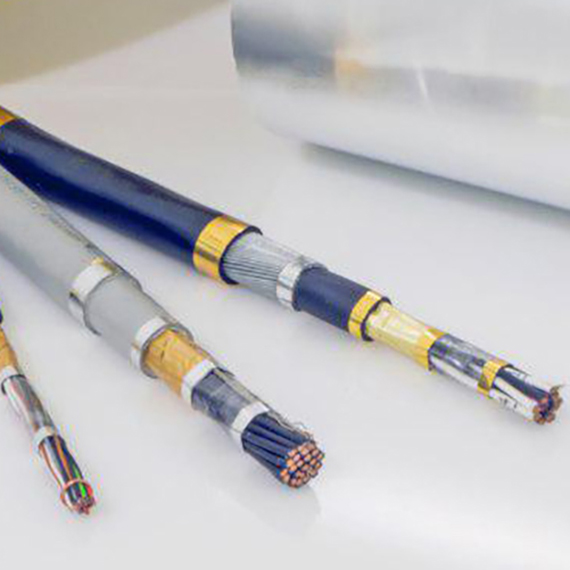Cable Shielding Foil: Safety, Performance, and Durability in Transmission Systems
Cable shielding foil, also known as shielding foil, is a crucial component in the design and manufacturing of power and data cables. It plays a key role in reducing electromagnetic interference (EMI), increasing cable durability, and protecting transmitted signals. This foil is typically made from aluminum or aluminum-polyester composites and is applied as a thin layer surrounding the cable conductor, acting as a barrier against electrical and magnetic interferences.
Structure of Shielding Foil
Shielding foil is usually made from:
-
Pure Aluminum: Lightweight, conductive, and corrosion-resistant.
-
Aluminum-Polyester (AL/PET): Offers higher mechanical strength, better flexibility, and is suitable for cables used in industrial environments.
-
Aluminum-Polyethylene: Suitable for cables that require greater flexibility and insulation.
Functions of Shielding Foil
-
EMI Reduction: Prevents external noise from penetrating the cable, which is critical for network, data, audio, and video cables.
-
Signal Containment: Prevents the leakage of internal signals, aiding in data security and signal quality.
-
Physical Protection: Acts as a protective layer against moisture, mechanical stress, and environmental damage.
Common Applications
-
Network Cables (LAN, CAT5/6): Prevents interference with adjacent signals.
-
Coaxial Cables: Maintains the quality of video and audio transmission.
-
Control and Industrial Cables: Eliminates noise in sensitive control and automation systems.
-
Low-voltage Power Cables: Limits surrounding magnetic fields.
Advantages of Shielding Foil
-
Enhanced signal transmission quality
-
Reduced noise and interference
-
Improved cable durability in industrial and moist environments
-
Increased electrical and informational safety
Difference from Other Shields
While braided shields are made from metal strands and offer higher mechanical resistance, shielding foil provides complete coverage and is more effective against high-frequency noise. Many cables combine both foil and braided shielding for better overall performance.
For the production of shielded cables:
-
Temper: HO
-
Alloys: 1235 – 8111 – 8011
-
Thickness range: 9 to 500 microns
-
Width (mm): Max 1600


